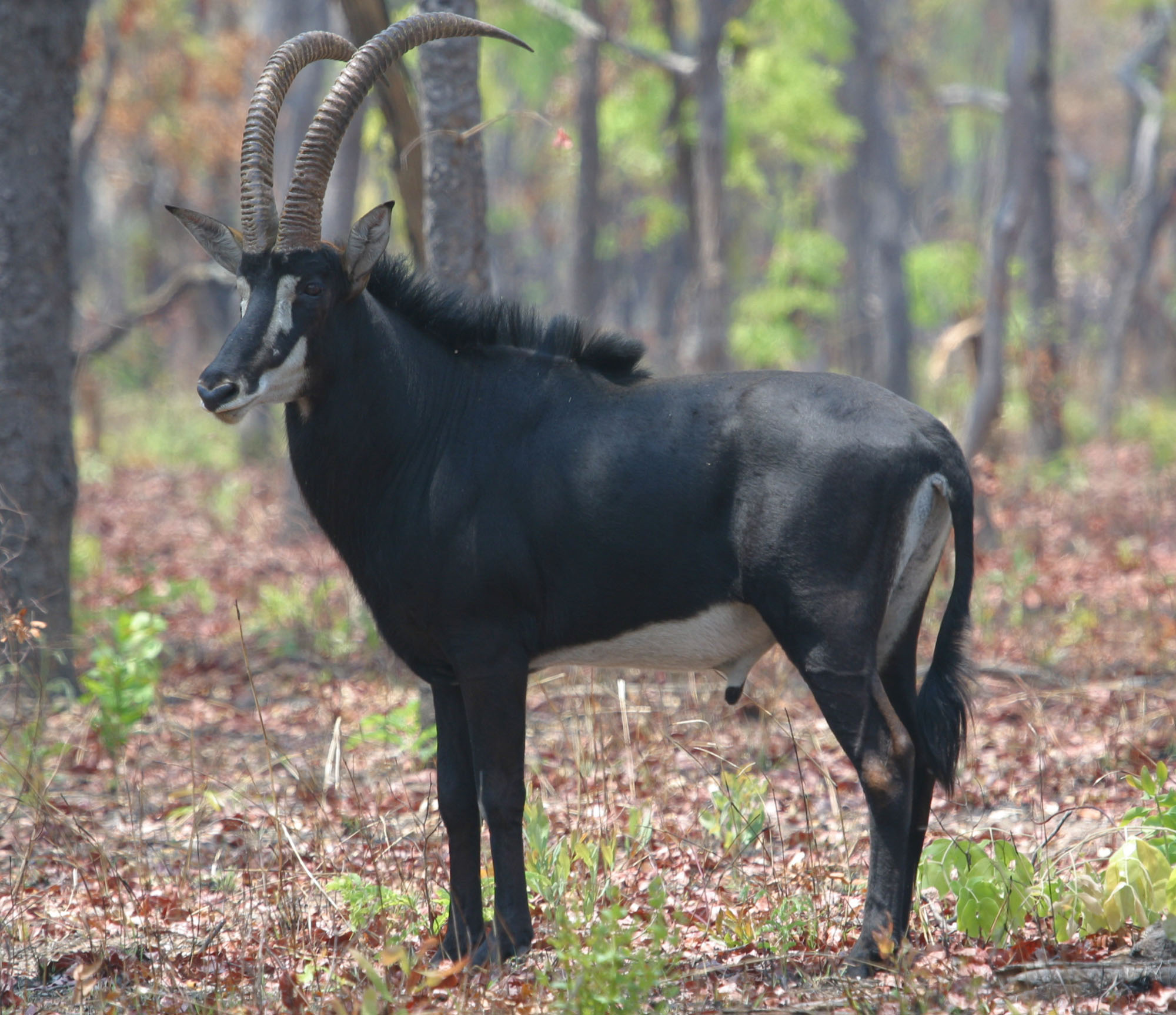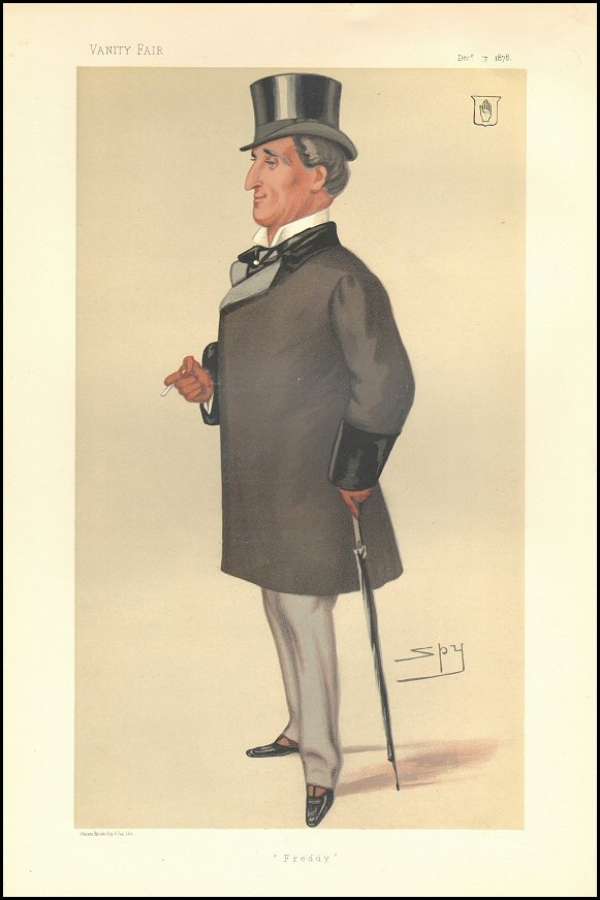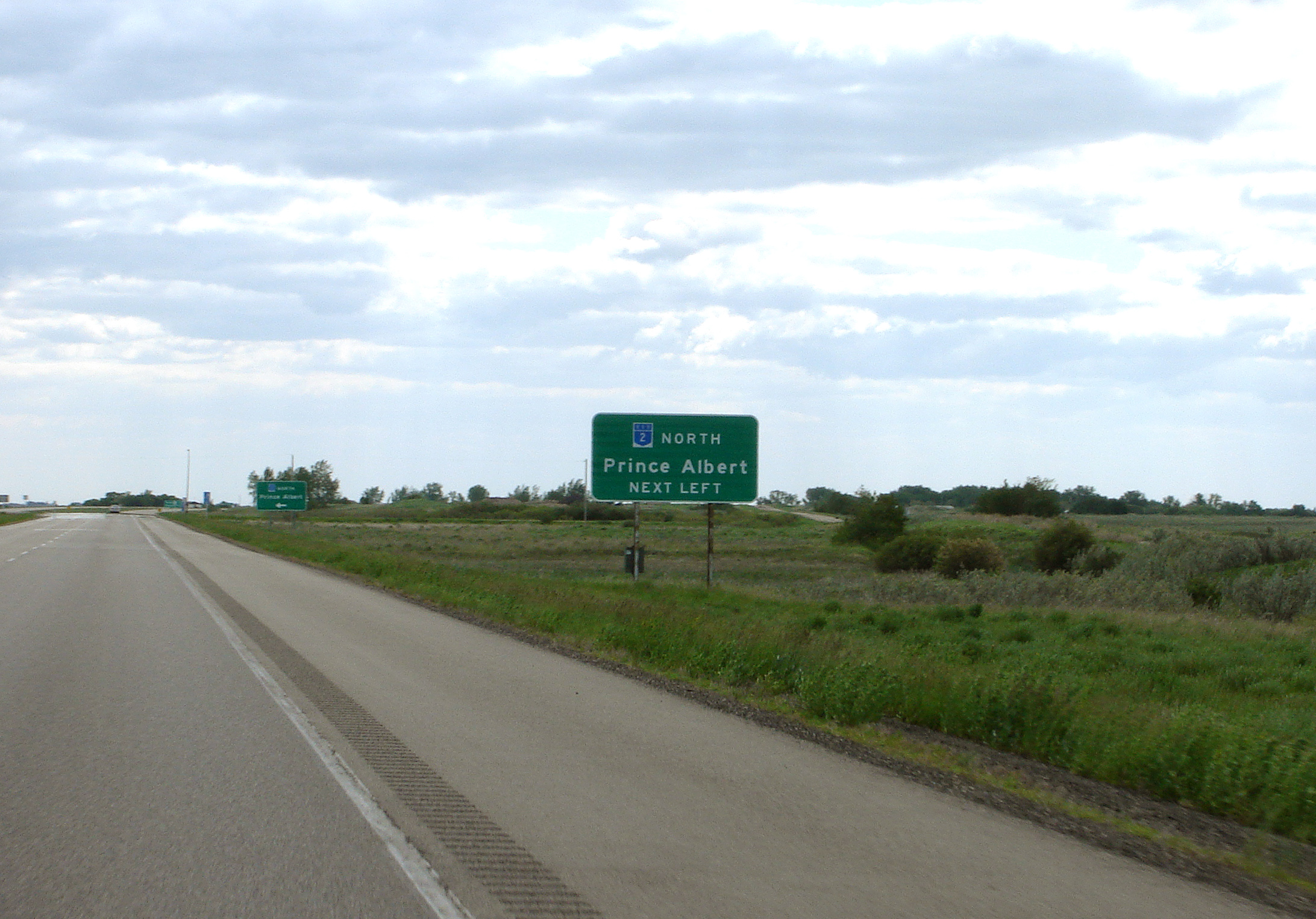|
Old Wives Lake
Old Wives Lake is a shallow saline lake in south central Saskatchewan, Canada, about 30 km south-west of Moose Jaw. The lake is fed by the Wood River but seasonal water relatively flattened the terrain, and as such results in significant mudflats. A Migratory Bird Sanctuary was established at the lake on March 9, 1925. This lake, in conjunction with Reed Lake and Chaplin Lake, forms a site of hemispheric importance in the Western Hemisphere Shorebird Reserve Network. It was designated in April 1997, and is "one of the most important inland sites for migratory birds in North America". A variety of First Nations oral traditions explain the origin of the lake's name. At various times during the lake's human history, it has attracted interest from several First Nations tribes, duck hunters, military trainers, sodium sulfate producers, conservationists, and birdwatchers. A town of the same name (Old Wives) is located north of the lake on Highway 363. Name According to a C ... [...More Info...] [...Related Items...] OR: [Wikipedia] [Google] [Baidu] |
Saskatchewan
Saskatchewan ( ; ) is a province in western Canada, bordered on the west by Alberta, on the north by the Northwest Territories, on the east by Manitoba, to the northeast by Nunavut, and on the south by the U.S. states of Montana and North Dakota. Saskatchewan and Alberta are the only landlocked provinces of Canada. In 2022, Saskatchewan's population was estimated at 1,205,119. Nearly 10% of Saskatchewan’s total area of is fresh water, mostly rivers, reservoirs and lakes. Residents primarily live in the southern prairie half of the province, while the northern half is mostly forested and sparsely populated. Roughly half live in the province's largest city Saskatoon or the provincial capital Regina. Other notable cities include Prince Albert, Moose Jaw, Yorkton, Swift Current, North Battleford, Melfort, and the border city Lloydminster. English is the primary language of the province, with 82.4% of Saskatchewanians speaking English as their first language. Saska ... [...More Info...] [...Related Items...] OR: [Wikipedia] [Google] [Baidu] |
Saskatchewan Highway 363
Highway 363 is a highway in the Canadian province of Saskatchewan. It runs from Highway 4 to Highway 2 in Moose Jaw. Highway 363 is about long, and is the longest of the 300 series highways within the province. Highway 363 passes near the communities of Rosenhof, Neidpath, Hallonquist, Hodgeville, Kelstern, Shamrock, Trewdale, Coderre, Courval, Old Wives, Old Wives Lake, Abound, and Valley Ridge. Manitoba Street Expressway Highway 363 travels down Manitoba Street and the Manitoba Street Expressway, an arterial road in Moose Jaw. Highway 363 ends at Main Street (Highway 2) in downtown Moose Jaw, but Manitoba Street continues east to connect with Highway 1 (Trans-Canada Highway) on the eastern edge of the city. Major intersections From west to east: References 363 __NOTOC__ Year 363 ( CCCLXIII) was a common year starting on Wednesday (link will display the full calendar) of the Julian calendar. At the time, it was known as the Year of th ... [...More Info...] [...Related Items...] OR: [Wikipedia] [Google] [Baidu] |
John Rae (explorer)
John Rae ( iu, ᐊᒡᓘᑲ, i=no, ; 30 September 1813 – 22 July 1893) was a Scottish surgeon who explored parts of northern Canada. Rae explored the Gulf of Boothia, northwest of the Hudson Bay, from 1846 to 1847, and the Arctic coast near Victoria Island from 1848 to 1851. In 1854, back in the Gulf of Boothia, he obtained credible information from local Inuit peoples about the fate of the Franklin Expedition, which had disappeared in the area in 1848. Rae was noted for his physical stamina, skill at hunting, boat handling, use of native methods, and ability to travel long distances with little equipment while living off the land. Early life Rae was born at the Hall of Clestrain in Orkney in the north of Scotland with family ties to Clan MacRae. After studying medicine in Edinburgh, he graduated with a degree from the University of Edinburgh and was licensed by the Royal College of Surgeons of Edinburgh. He went to work for the Hudson's Bay Company as a surgeon, ac ... [...More Info...] [...Related Items...] OR: [Wikipedia] [Google] [Baidu] |
Antelope
The term antelope is used to refer to many species of even-toed ruminant that are indigenous to various regions in Africa and Eurasia. Antelope comprise a wastebasket taxon defined as any of numerous Old World grazing and browsing hoofed mammals belonging to the family Bovidae of the order Artiodactyla. A stricter definition, also known as the "true antelopes," includes only the genera '' Gazella'', '' Nanger'', '' Eudorcas'' and '' Antilope''. One North American species, the pronghorn, is colloquially referred to as the "American antelope," but it belongs to a different family from the African and Eurasian antelopes. A group of antelope is called a herd. Unlike deer antlers, which are shed and grown annually, antelope horns grow continuously. Etymology The English word "antelope" first appeared in 1417 and is derived from the Old French ''antelop'', itself derived from Medieval Latin ''ant(h)alopus'', which in turn comes from the Byzantine Greek word ἀνθόλοψ ... [...More Info...] [...Related Items...] OR: [Wikipedia] [Google] [Baidu] |
Henry Chaplin
Henry Chaplin, 1st Viscount Chaplin (22 December 1840 – 29 May 1923) was a British landowner, racehorse owner and Conservative Party politician who sat in the House of Commons from 1868 until 1916 when he was raised to the peerage. Background and education The member of an old Lincolnshire family, Chaplin was born at Ryhall, Rutland, the second son of the Reverend Henry Chaplin, of Blankney, Lincolnshire, and his wife Carolina Horatia Ellice, daughter of William Ellice. His younger brother, Edward Chaplin, was also a politician. Chaplin was educated at Harrow and Christ Church, Oxford, where he was a friend of the Prince of Wales. At the age of 21, he inherited substantial estates in Lincolnshire (including the family seat of Blankney Hall), Nottinghamshire and Yorkshire. He was a Justice of the Peace and a Deputy Lieutenant of Lincolnshire, and a leading member of the Turf. Engagement to Lady Florence Paget In 1864 Chaplin fell in love with and became engaged to La ... [...More Info...] [...Related Items...] OR: [Wikipedia] [Google] [Baidu] |
Sir Frederick Johnstone, 8th Baronet
Sir Frederick John William Johnstone, 8th baronet (5 August 1841 – 20 June 1913) was an English racehorse owner and Conservative Party politician who sat in the House of Commons from 1874 to 1885. Johnstone was the son of Sir Frederick Johnstone, 7th Baronet and his wife Lady Louisa Craven, daughter of 1st Earl of Craven, and great-grandson of Sir William Pulteney, 5th Baronet. He succeeded to the baronetcy on birth, his father having died previously. He was educated at Eton College and Christ Church, Oxford. He joined the Dorset Yeomanry Cavalry in 1862. Johnstone was a close friend of the Prince of Wales (later King Edward VII) and was named as a co-respondent in the divorce case involving Sir Charles Mordaunt and his wife, Harriet (1870) in which the Prince was called to give evidence. At the 1874 general election Johnstone was elected Member of Parliament for Weymouth and Melcombe Regis. He held the seat until 1885. He was a racehorse owner and his horses twice won ... [...More Info...] [...Related Items...] OR: [Wikipedia] [Google] [Baidu] |
Isaac Cowie
Isaac Cowie (November 18, 1848 – May 18, 1917) was a Scottish-born Canadian pioneer, fur trader, and politician. He served on the town council of Edmonton. Biography Cowie was born in Lerwick, Shetland on November 18, 1848. He spent two years volunteering with the 1st Edinburgh and Shetland Rifles. He attended the University of Edinburgh for one session, studying medicine, but did not complete his education before taking a position with the Hudson's Bay Company and moving to Rupert's Land in Canada. His first posting was in Fort Qu'Appelle, Saskatchewan, where he stayed until 1874, acting as manager of the post from 1872. In 1873, he dissuaded disgruntled First Nations from raiding the fort by meeting an armed band of them at the fort with two other men, revolvers in hand. For this he was made a justice of the peace. He was later stationed at Oak Point on Lake Winnipeg, Fort McMurray, Alberta, Manitoba House, and Isle à la Crosse. In 1891, he moved to Edmonton to beco ... [...More Info...] [...Related Items...] OR: [Wikipedia] [Google] [Baidu] |
Assiniboine People
The Assiniboine or Assiniboin people ( when singular, Assiniboines / Assiniboins when plural; Ojibwe: ''Asiniibwaan'', "stone Sioux"; also in plural Assiniboine or Assiniboin), also known as the Hohe and known by the endonym Nakota (or Nakoda or Nakona), are a First Nations/Native American people originally from the Northern Great Plains of North America. Today, they are centred in present-day Saskatchewan. They have also populated parts of Alberta and southwestern Manitoba in Canada, and northern Montana and western North Dakota in the United States. They were well known throughout much of the late 18th and early 19th century, and were members of the Iron Confederacy with the Cree. Images of Assiniboine people were painted by 19th-century artists such as Karl Bodmer and George Catlin. Names The Europeans and Americans adopted names that other tribes used for the Assiniboine; they did not until later learn the tribe's autonym, their name for themselves. In Siouan, they tra ... [...More Info...] [...Related Items...] OR: [Wikipedia] [Google] [Baidu] |
Saskatchewan Highway 2
Highway 2 is a provincial highway in the Canadian province of Saskatchewan. It is the longest highway in Saskatchewan at 809 km (503 mi). The highway is partially divided and undivided. However, only about near Moose Jaw, near Chamberlain, and near Prince Albert are divided highway. Highway 2 is a major north-south route beginning at the Canada–US border at the Port of West Poplar River and Opheim, Montana customs checkpoints. Montana Highway 24 continues south. It passes through the major cities of Moose Jaw in the south and Prince Albert in the north. Highway 2 overlaps Highway 11 between the towns of Chamberlain and Findlater. This section of road is a wrong-way concurrency. The highway ends at La Ronge, where it becomes Highway 102. The highway started as a graded road in the 1920s which followed the grid lines of the early survey system and was maintained by early homesteaders of each rural municipality. Paving projects of the 1950s created all ... [...More Info...] [...Related Items...] OR: [Wikipedia] [Google] [Baidu] |
Qu'Appelle River
The Qu'Appelle River is a river in the Canadian provinces of Saskatchewan and Manitoba that flows east from Lake Diefenbaker in south-western Saskatchewan to join the Assiniboine River in Manitoba, just south of Lake of the Prairies, near the village of St. Lazare. It is located in a region called the Prairie Pothole Region of North America, which extends throughout three Canadian provinces and five U.S. states. It is also within Palliser's Triangle and the Great Plains ecoregion. With the construction of the Qu'Appelle River Dam and Gardiner Dam upstream, water flow was significantly increased and regulated. Most of the Qu'Appelle's present flow is actually water diverted from the South Saskatchewan River. Upper and lower watersheds According to the Saskatchewan Water Security Agency, the Qu'Appelle Valley is made up of two watersheds with the dividing point being Craven Dam on the east side of Craven: Lower Qu'Appelle Watershed The Lower Qu'Appelle Valley is lo ... [...More Info...] [...Related Items...] OR: [Wikipedia] [Google] [Baidu] |
Blackfoot
The Blackfoot Confederacy, ''Niitsitapi'' or ''Siksikaitsitapi'' (ᖹᐟᒧᐧᒣᑯ, meaning "the people" or " Blackfoot-speaking real people"), is a historic collective name for linguistically related groups that make up the Blackfoot or Blackfeet people: the '' Siksika'' ("Blackfoot"), the '' Kainai or Blood'' ("Many Chiefs"), and two sections of the Peigan or Piikani ("Splotchy Robe") – the Northern Piikani (''Aapátohsipikáni'') and the Southern Piikani (''Amskapi Piikani'' or ''Pikuni''). Broader definitions include groups such as the ''Tsúùtínà'' ( Sarcee) and ''A'aninin'' (Gros Ventre) who spoke quite different languages but allied with or joined the Blackfoot Confederacy. Historically, the member peoples of the Confederacy were nomadic bison hunters and trout fishermen, who ranged across large areas of the northern Great Plains of western North America, specifically the semi-arid shortgrass prairie ecological region. They followed the bison herds as they m ... [...More Info...] [...Related Items...] OR: [Wikipedia] [Google] [Baidu] |
Bison
Bison are large bovines in the genus ''Bison'' (Greek: "wild ox" (bison)) within the tribe Bovini. Two extant and numerous extinct species are recognised. Of the two surviving species, the American bison, ''B. bison'', found only in North America, is the more numerous. Although colloquially referred to as a buffalo in the United States and Canada, it is only distantly related to the true buffalo. The North American species is composed of two subspecies, the Plains bison, ''B. b. bison'', and the wood bison, ''B. b. athabascae'', which is the namesake of Wood Buffalo National Park in Canada. A third subspecies, the eastern bison (''B. b. pennsylvanicus'') is no longer considered a valid taxon, being a junior synonym of ''B. b. bison''. References to "woods bison" or "wood bison" from the eastern United States refer to this subspecies, not ''B. b. athabascae'', which was not found in the region. The European bison, ''B. bonasus'', or wisent, or zubr, or colloquially Euro ... [...More Info...] [...Related Items...] OR: [Wikipedia] [Google] [Baidu] |




.png)



